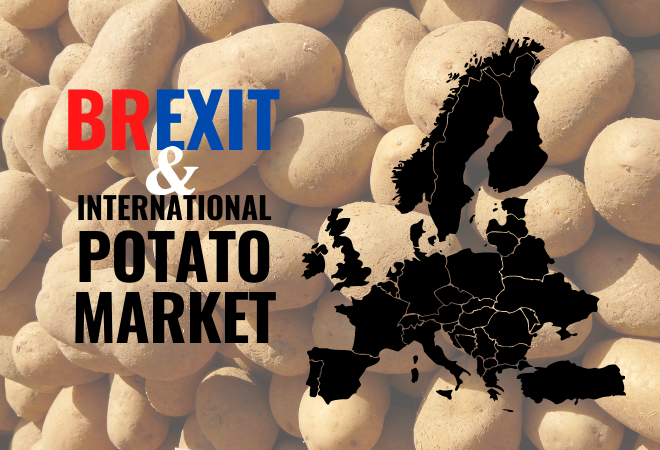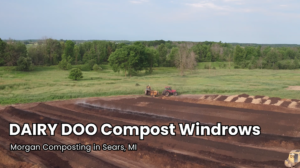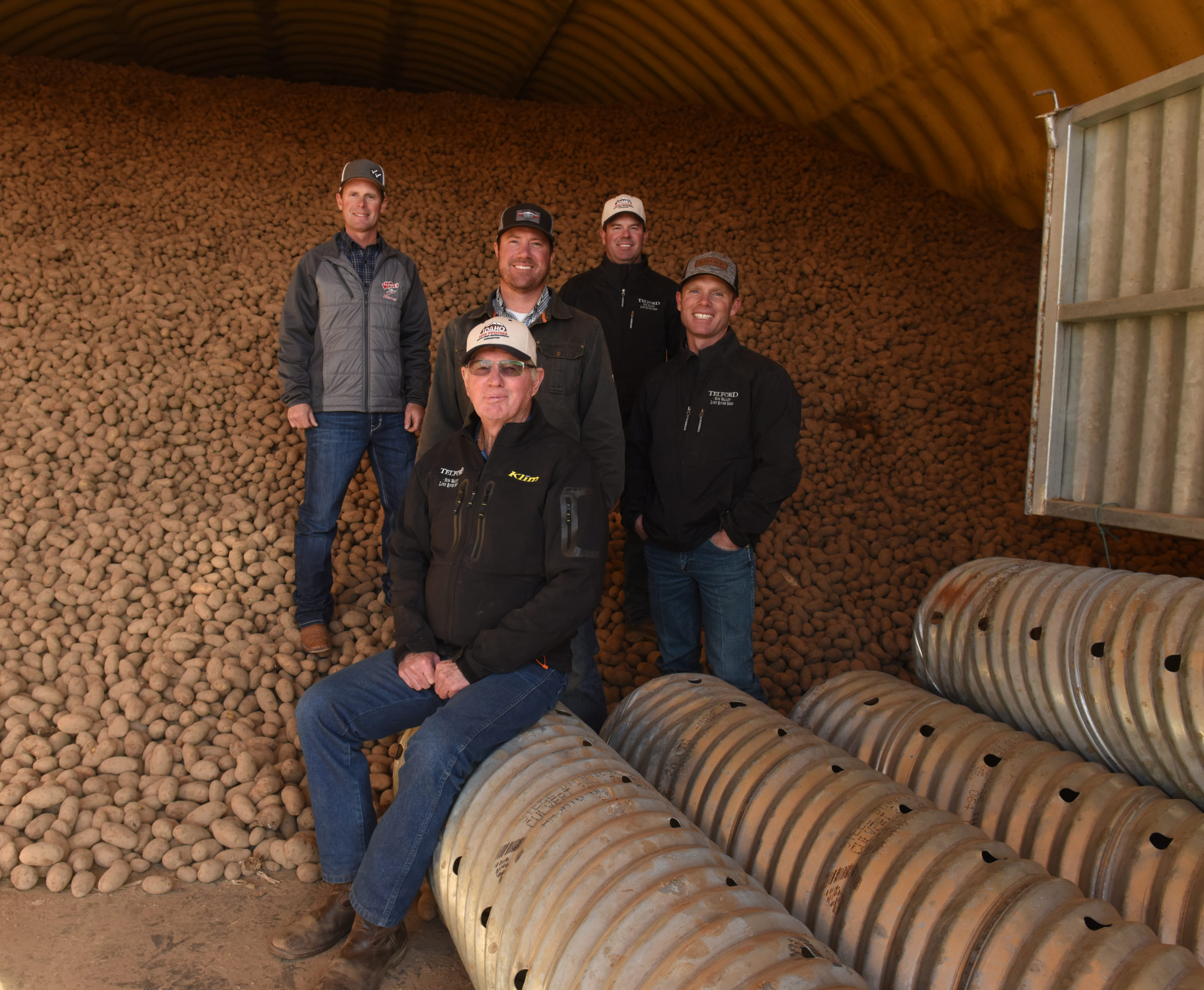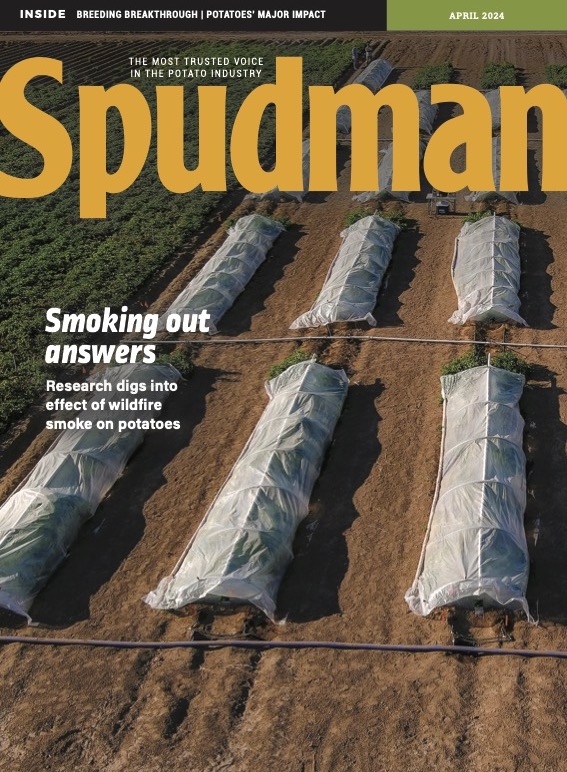
Brexit’s impact on the global potato industry
At the eleventh hour, the United Kingdom was able to establish and agree to a new trade deal with Europe. The deal was not without its concessions, though.
Sarah Baker, AHDB Strategy Insight Team, and Romain Cools, Advisor to Belgapom and a European Union potato expert, shared their perspectives on the matter.
In a recent AHDB webinar, a panel of potato experts talked about expectations in a post-Brexit world. Sarah Baker, AHDB Strategy Insight Team, explained the deal’s finer points.
Reaching a deal was a “huge relief,” said Baker.
“I can say, as somebody who’s been pretty close to the issues of the last four-and-a-half years, that I certainly breathed a huge sigh of relief when we did reach a deal,” she said.
The UK has full tariff-free and quota-free access to the EU market, and the EU has the same access to the UK market. There are, however, a number of countries that they cannot export to, including (but not limited to) the United States, Canada, Mexico and Australia. Phytosanitary agreements are required to export to these countries.
As part of the single market, there was very little difference between moving potatoes within the UK or the EU. Now, though, the UK will trade with the EU as a third country, which will require third-country certification. This means additional paperwork, inspection and health certification, which will increase overall costs, said Baker.
Because the UK is a net importer, there will be some trade friction, which Bakers says will cause a slight increase in potato prices, particularly for the processed product coming over from the Netherlands and Belgium.
“There’s still a small opportunity for price rises, particularly for those growers that can grow the processing varieties, to take advantage of that slight price rise that is purely down to trade friction,” she said.
While the UK can export ware potatoes to the EU, it cannot export seed potatoes. The latter requires a phytosanitary agreement.
Taking to Twitter, Scotland Food and Drink CEO James Withers pointed out that the deal meant the end of Scottish seed potato exports to the EU for the foreseeable future. The trade is worth millions annually, he said.
The EU Commission was scheduled to meet at the end of January to discuss this issue. There is hope it will be resolved, but at the time of writing, a resolution was not reached.
Continuity agreements — trade agreements that were established by the EU — had to be renegotiated with trade partners. For the potato sector, Egypt and Morocco were of high importance. In late December, the UK finalized a continuity agreement with Egypt.
In Europe, Romain Cools said the impact on potato producers is difficult to measure since Brexit has taken place in the middle of a global pandemic. Before Jan. 1, 2021, exports to the UK were very high.
“The processors active on the UK markets have been profiting from this, so this hides a bit the impact of the pandemic on our production figures,” he said. “We also know that there will be — despite the ultimate trade agreement — a correction during the start of 2021. This will also be affected by the current total lockdown in the UK.”
Increased demand from the UK has helped with the execution of the contracts, and with the processing of field potatoes during the harvesting campaign. But COVID-19 continues to influence production, consumption and markets, and the ban of CIPC continues to cause difficulties for those who need to store potatoes long-term.
The new EU-UK trade deal has been favorable to the potato sector, said Cools, as there will be no import levies on exchanges of potatoes or potato products.
“But one cannot forget the huge administrative impact our exporters are facing because of the fact that the UK became a third country,” he said. “The UK market is very important for the Belgian and Dutch potato processing industry.”
Long waiting lines due to unprepared customs documents are increasing costs, though, said Cools.
“Our industry organizations are making a passionate plea for ‘green lanes,’ enabling food (products) to pass customs more rapidly,” he said.
Cools also expects that the addition of new customs documents, plant health certificates for fresh potatoes, and origin declaration papers for raw material for processed products will result in an increase in the product price.
While demand for potato products from the continent is high, Cools warns that expressions of nationalism and, therefore, protectionism could influence the market. A lot will depend on future cooperation and collaboration, he said.
The fact that Scottish seed imports are not allowed has caused some concern, although most of the concerned British varieties being used on the continent were exported before the deal took place, said Cools. They have been registered in the European varieties lists, so they can be multiplied in the EU. But the Scottish growers will have to wait to export until the administrative files have been fulfilled.
Finally, Cools believes the agreement could create new opportunities in Europe. There is high demand for EU potato products in the UK, he said, and the European industry is innovative, creative and competitive.
There is some concern, however, that protective initiatives or new legislation could put pressure on this market. To cope with this issue, some processors may even consider building factories in the UK, said Cools.
It is also possible that the UK turns to new markets for imports, such as Canada or the United States. The European potato industry is currently looking to diversify and is looking to Asia as a possible export market.
Now that Brexit is done, UK is looking for trade agreements. The potato industry would be looking at free access and compromises on MRLs in any such US-UK trade deal, said Matt Lantz during @POTATOEXPO. Biden has said trade deals will not be a priority until COVID under ctrl
— Spudman Magazine (@SpudmanMag) January 7, 2021
This is the latest in Spudman’s Global Perspective series, which looks at various topics from around the world and how they might affect the U.S. potato industry.







